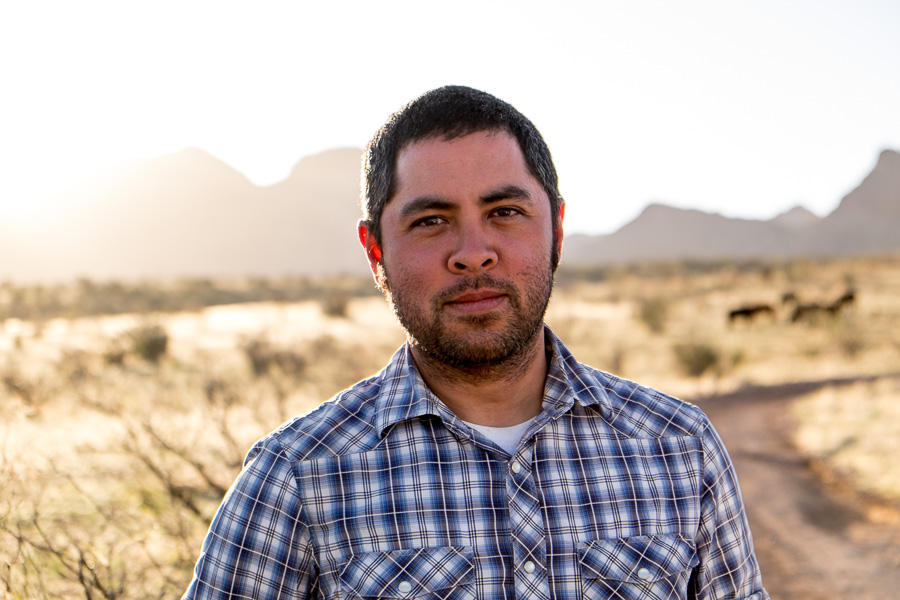By Sarah Frazer || Staff Writer

This Week’s Common Hour featured Jason de León, the Director of The Undocumented Migration Project and an Associate Professor of Anthropology, University of Michigan, who detailed the experiences of migrants attempting to cross the US-Mexico border. As he explained, the conditions these immigrants face are dangerous and often deadly. Thus, de León argued that “we need to be thinking about the humanitarian crisis that is currently underway” on our southern border, rather than a border wall.
During his presentation, de León recounted in sometimes gruesome detail stories he had heard or witnessed himself of immigrants trying to cross the border. He deemed current US policies, which were enacted before long before Trump took office, an “American immigration nightmare,” of which “death, violence, and suffering are par for the course.”
According to de León, thousands of people die migrating to the United States; furthermore, these deaths occur not as an unintended consequence, but rather as a direct result of US policy. This policy is known as “Prevention Through Deterrence,” and rather than successfully deterring people from migrating to the US, de León explained that it merely makes the journey across the border much more treacherous.
He explained that prior to 1993, border crossing happened in broad daylight in urban centers. During that time, immigrants could return to Mexico whenever they wanted; however, this situation became politically difficult to explain. The policy of “Prevention Through Deterrence” was enacted to stop people from crossing in urban zones by putting more agents on the ground. The idea was that if we stop immigrants from coming in at ports of entry and make them cross in the desert, they will be easier to catch. Policy makers understand that the border is lined with extreme environments. Shifting people to these environments would disrupt migration and immigrants would find themselves in mortal danger. “They will risk their lives. They will potentially die.” And after awhile, the goal was, they would stop coming.
Yet, de León contended, “This hasn’t slowed down migration. It has just made it more difficult.” People are still coming. They still attempt the journey across the deadly Arizona desert in the hopes of making it to the US. Many go through a cycle of repeated crossing attempts; the people de León met while researching the lives of these migrants were exhausted but optimistic that “the next time [they cross] will be different.”
But many do not make it across the border, and those who fail to reach their destination in the States are repatriated in Mexico if they survive. Death is a common occurrence for migrants. It “happens all the time.” Thus, the US does not need a wall, in de León’s view, since the Sonoran Desert in Arizona is a natural barrier that literally kills people. De León came across multiple dead, decaying bodies during the time he spent along the US-Mexican border. Speaking about one body he saw at the time, he said “no one will remember this tomorrow. It’s like it didn’t even happen.”
De León argued that how the dead are treated says a lot about how the living think about them. In this case, the fact that so many people die crossing the border, as an intentional consequence of US policy, shows that we view migrants as totally expendable people. We have this policy that is killing people, de León said, and nobody seems to care. According to de León, “these types of deaths that migrants experience in the desert are not intended to be dignified.” He continued by saying, “I think what happens to people’s bodies in [this] dessert is violent.” And people die without anyone knowing what happened to them, which can be incredibly traumatic for their families.
While De León argued against a border wall, he also argued that the humanitarian crisis on our southern border has existed long before Donald Trump took office.
Senior Sarah Frazer is a Staff Writer. Her email is sfrazer@fandm.edu.